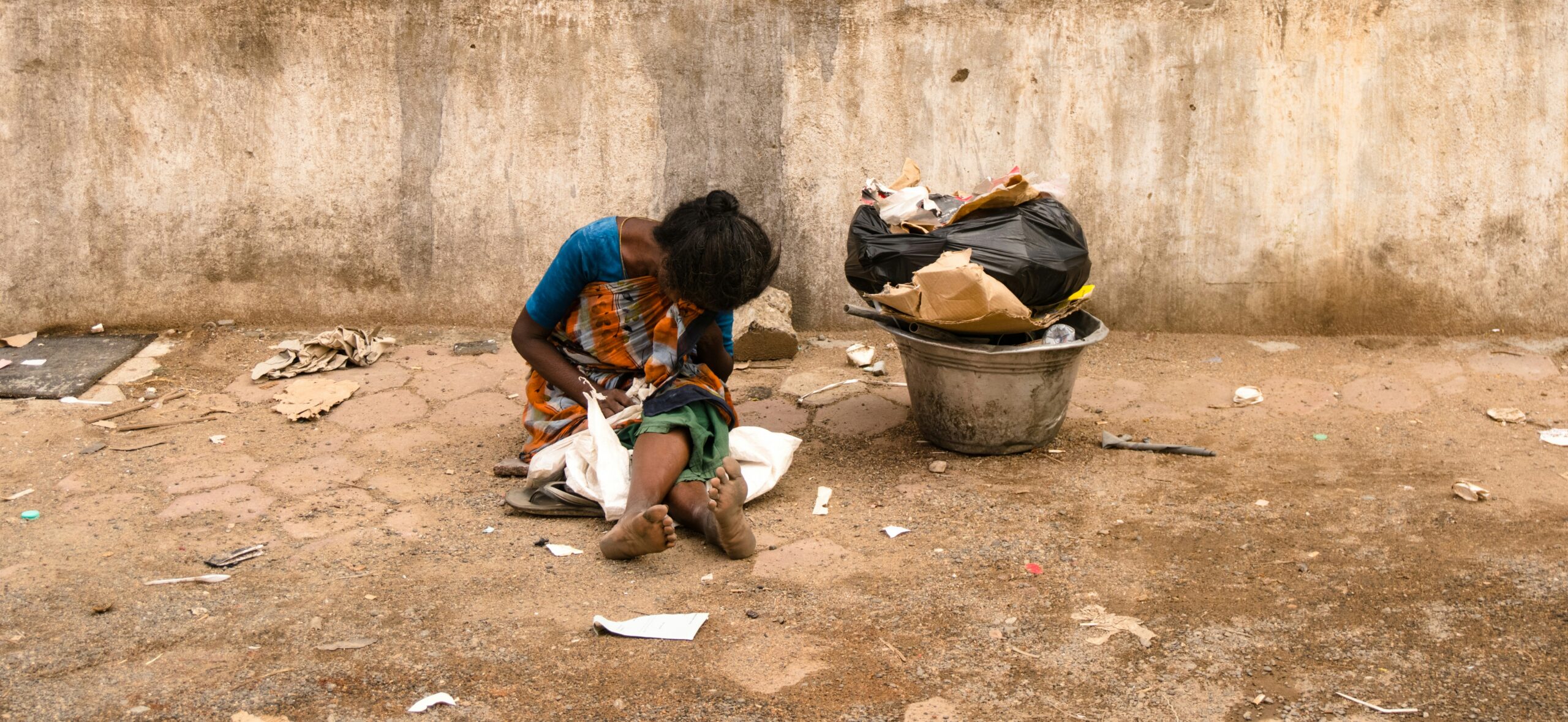The new Chronic Poverty Research Centre website was launched today; and the second Chronic Poverty Report will be launched next week:
Four years ago, the Chronic Poverty Research Centre published the Chronic Poverty Report 2004-05. This was the first major international development report to focus on the estimated 320 to 445 million people who live trapped in chronic poverty – people who will remain poor for much or all of their lives and whose children are likely to inherit their poverty. These chronically poor experience multiple deprivations, including hunger, under-nutrition, illiteracy, lack of access to safe drinking water and basic health services, social discrimination, physical insecurity and political exclusion. Many will die prematurely of easily preventable deaths.
If the first report examined the dimensions of the problem of chronic poverty, the Chronic Poverty Report 2008-09 looks at possible solutions. Through our research we identify five main traps that underpin chronic poverty – insecurity, limited citizenship, spatial disadvantage, social discrimination and poor work opportunities – and outline key policy responses to these.
The point about chronic poverty is that, even if there is economic growth in developing countries, there are about 400 million people who will most likely remain poor unless specific measures are taken to address the causes of chronic poverty.






One response to “Chronic poverty”
[…] The new Chronic Poverty Research Centre website was launched today; and the second Chronic Poverty Report will be launched next week: Four years ago, the Chronic Poverty Research Centre published the Chronic Poverty Report 2004-05. This was the first major international development report to focus on the estimated 320 to 445 million people who live trapped in chronic poverty – people who will remain poor for much or all of their lives and whose children are likely to inherit their poverty. These chronically poor experience multiple deprivations, including hunger, under-nutrition, illiteracy, lack of access to safe drinking water and basic health services, social discrimination, physical insecurity and political exclusion. Many will die prematurely of easily preventable deaths. If the first report examined the dimensions of the problem of chronic poverty, the Chronic Poverty Report 2008-09 looks at possible solutions. Through our research we identify five main traps that underpin chronic poverty – insecurity, limited citizenship, spatial disadvantage, social discrimination and poor work opportunities – and outline key policy responses to these. The point about chronic poverty is that, even if there is economic growth in developing countries, there are about 400 million people who will most likely remain poor unless specific measures are taken to address the causes of chronic poverty. From here. […]